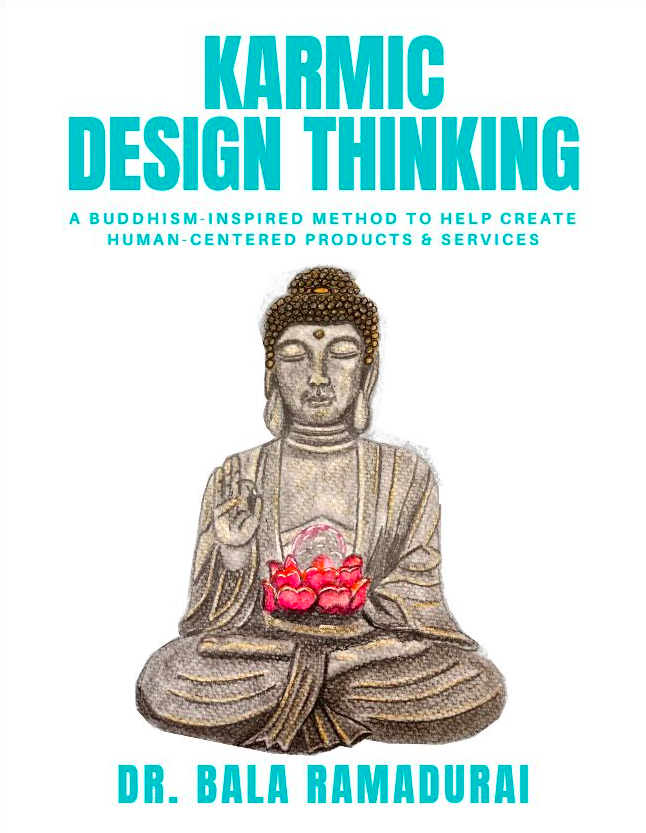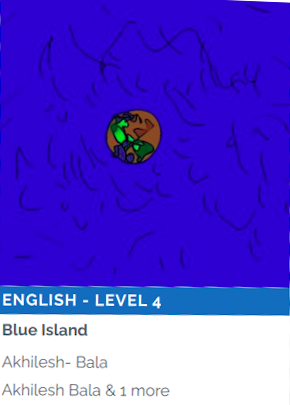2021-02-01
What does Coexist mean? “It means living in harmony with any being and all the surroundings.”
One of our young authors (let’s call her Sashi) answered in a workshop we had organized for middle school students. Just like Sashi, many of the students in workshops were fascinated about heroic stories about their own cherished surroundings. Some of them had written stories in the past, but it was on a whim or part of an assignment at school. Not only did Sashi want to make a change but also make her classmates aware of the state of the environment that she lived in. But she wondered – How do I write a story? What should I do about all the changes I see in the environment? Should I just be an innocent bystander of anything happening around me? In this series, we will explore the construct that the young authors in our workshops used to write stories. Not simple stories, but Actionable Stories for a Sustainable Change. (All stories are available to download as an e-book)

COEXIST Project
From the project website:
This project aims to help students
- create and share stories about the local environment (specifically, urban wetlands)
- internalize the seriousness of local ecosystems such as urban wetlands in Pune and Bengaluru
- design actionable pathways for change
- share the message with the community
The story construct COEXIST helps students write those actionable stories.
What does COEXIST mean here? It is a series of seven steps - COEXIST and of course, “The End”.
- Step C
- Choose a Hero, Choose a wetland issue.
- Step O
- Write a One-liner story in which the hero tackles the wetland issue.
- Step E
- Write an Eventful start for your story.
- Step X
- Write an eXternal threat to your hero.
- Step I
- Write the (In-between) part where the hero moves to action.
- Step S
- Make the Support of the hero’s friend or guide go away.
- Step T
- Give your hero a Tough challenge, make your hero work hard.
- THE END
- End the story with a HAPPY ending.
My example is here:
- Step C
- Hero: Sashi, 13-year-old school student from Bengaluru. Issue: Over fishing at a lake.
- Step O
- A school girl saves an endangered fish from illegal fishing, while battling a renowned poacher
- Step E
- Sashi is sad because she has to write a school report about Indonesian shortfin eels and she does not know anything about them. In the evening, she goes to the local lake near her house. As she walks along the path around the lake, she witnesses a sack full of dead eels. She is shocked.
- Step X
- Manu (the villain) warns Sashi to not tell anyone about this incident (spotting eels that were caught from the lake).
- Step I
- Sashi is tired of being bullied and decides to focus on saving the eels in the lake.
- Step S
- She reports the incident to her teacher; however, the teacher ignores her and later asks her to forget about the incident.
- Step T
- All of Sashi’s friends and teachers blame her for the undesired attention that their school is receiving after the eels incident. Sashi does some research by herself on the threat to the eels in such urban lakes. She writes an article for the local newspaper. The article is published and becomes very popular.
- Step THE END
- Today, Sashi knows a lot about eels. She is now considered as the savior of these eels in her school.
The story is published here - https://coexistproject.wordpress.com/2020/06/07/sashi-hot-on-her-eels/
Check out the stories that other people have written in the e-book.
I know what you are thinking.
Huh? If writing a story is this easy, everyone should be able to do this.
Precisely, we want everyone to write a story. So, what are you waiting for? Write a story and send it to me - bala@balaramadurai.net.
If you want a workshop hosted in your school, please do write to me as well.
You could embellish the story with a few pictures as well! Your own hand-drawn pictures!






